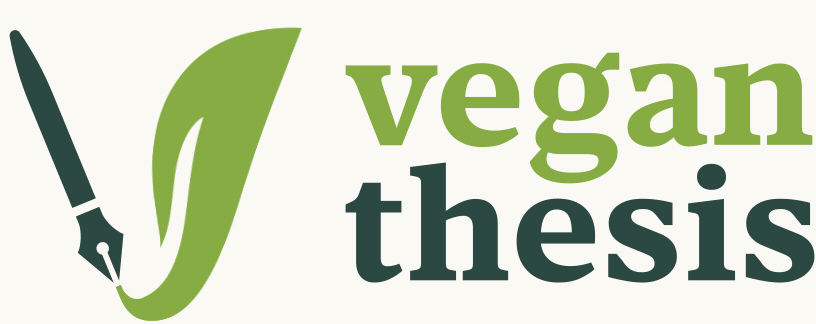To what extent would changes to the farm production of one animal affect the numbers of other (farmed and wild) animals born?
Context and Relevance:
Understanding how changes in the production of one type of farmed animal affect the populations of other animals, both farmed and wild, is essential for evaluating the broader ecological and welfare implications of agricultural practices. Adjustments in the production levels of one species can trigger shifts in resource use, land allocation, and market demand, potentially leading to changes in the farming of other animals and impacts on wild animal populations. This research is important for informing sustainable farming practices and policies that consider the welfare of all animals involved in or affected by these systems.
Potential Research Approach:
System Dynamics Modeling: Develop models to simulate the impacts of changes in the production of one type of farmed animal on the populations of other farmed animals. These models should consider factors such as resource allocation, changes in land use, and shifts in market demand, providing insights into the cascading effects on different animal populations.
Ecological & Wildlife Impact Analysis: Assess the influence of changing farming practices on wildlife populations in specific regions. Focus on how these changes affect habitat availability, food resources, and potential conflicts between wildlife and human agricultural activities, particularly in areas where land use shifts from one type of farming to another.
Case Study Analysis: Identify and examine historical and contemporary cases where significant changes in the production of certain farmed animals have led to observable impacts on other animal populations. This could involve analyzing shifts in farming practices that have led to increased or decreased populations of other farmed or wild animals, considering both ecological and economic perspectives.
Stakeholder Interviews: Conduct interviews with key stakeholders, including farmers, ecologists, and animal welfare experts, to gather insights on the observed and potential impacts of changes in farming practices on animal populations. These interviews can provide valuable perspectives on the interconnectedness of animal farming systems and the broader ecological implications of altering production levels for specific species.
Additional Questions:
How do shifts in consumer demand for specific animal products influence the production levels of other farmed animals?
What are the potential environmental trade-offs when transitioning from one form of animal farming to another, such as from land-based farming to aquaculture?
How do global trade and export policies impact the balance of animal production and population dynamics across different regions and species?
